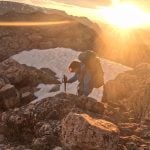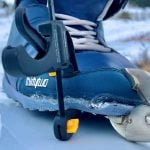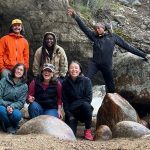Adjusting To a Warmer World – The Future of The Ski and Snowboard Industry
The freedom of snowboarding on powdered snow slows down time, lets your upper body gently float through space while your feet euphorically glide on a cloud made of snow. I want to keep reaching for that natural high, and for other people to experience that feeling too. With rising temperatures, changing precipitation patterns, and unpredictable weather events becoming reality, ski resorts worldwide are facing unprecedented challenges due to climate change. Now, let’s hear from a leader in ski resort sustainability, Arapahoe Basin Ski Area (A-Basin), and find out how the ski industry’s future will be impacted with the climate changing.
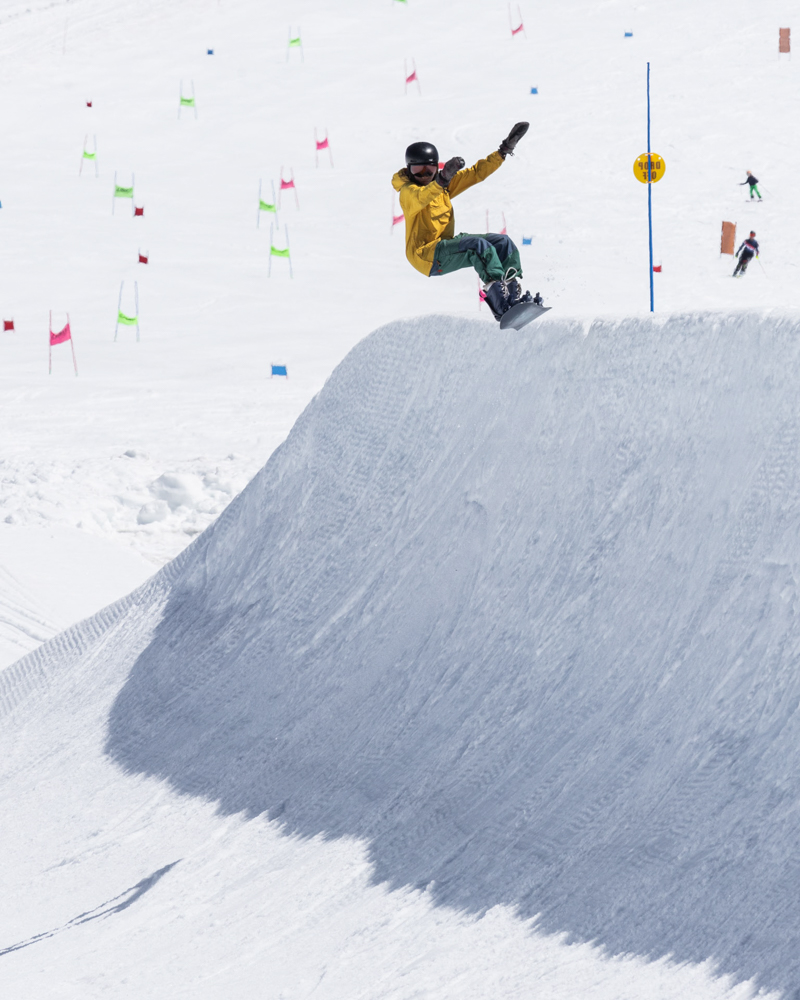
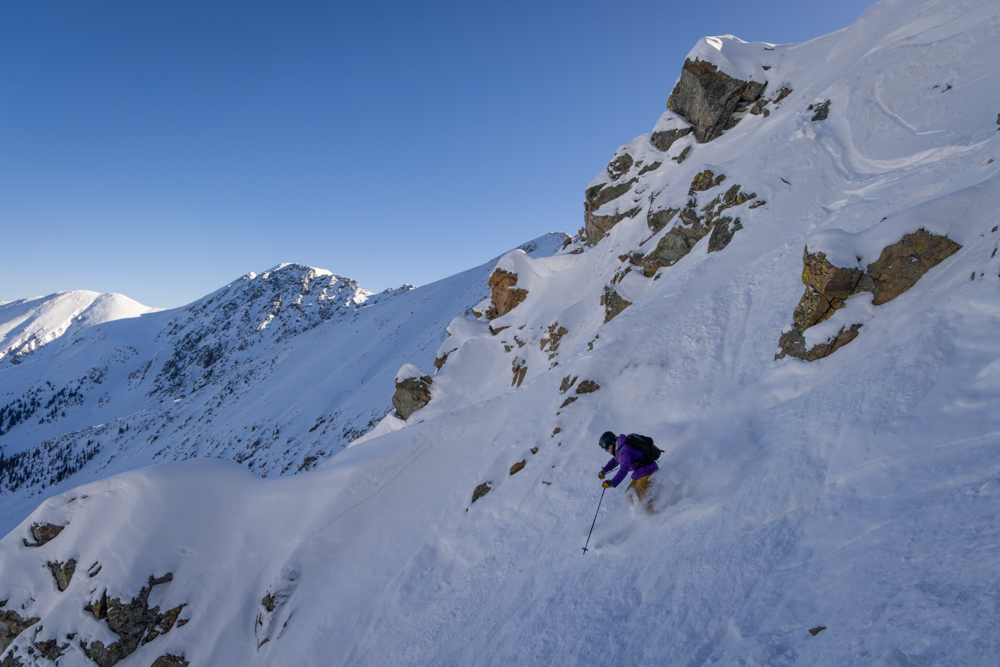
As a recent net-zero carbon footprint company and one of the top small ski areas leading sustainable initiatives, A-Basin’s Sustainability Manager, Mike Nathan, believes “[The ski industry is] going to survive and save itself,” he says. “And it’ll look a little different, and hopefully better.” Nathan further suggests building good behaviors into the system is the best way to create ski culture change
Every ski area relies on a variety of resources to keep lifts turning, snowcats grooming, and hot chocolate flowing. Below are the biggest resource inefficiencies used at ski resorts and potential solutions for innovation.
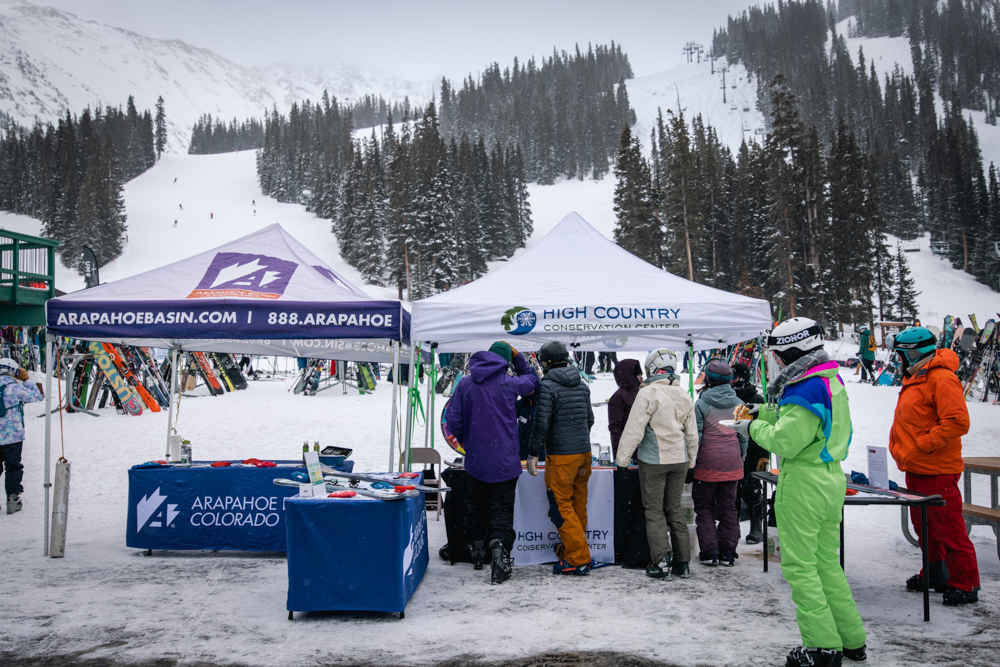
Electricity
Electricity, used primarily to turn chairlifts (using electric motors), and to heat and power buildings, emits a substantial amount of carbon. Converting to solar energy, installing light motion sensors, and efficient light fixtures has saved A-Basin more than 50,000 kWh. As of October 2023, A-Basin is now operating on 100% renewable electricity with on-site solar panels, and partnerships with Xcel Energy and Jack’s Solar Farm in Longmont, Colorado. For Colorado, solar power in the winter isn’t a big concern, but it may be in less sunny states, like the Pacific Northwest or the East Coast.
Traditionally, snow groomers are powered by diesel but there’s a possibility to power them with electricity in the future. Nathan mentions, “There is electric heavy equipment out there. I don’t think there’s a full electric cat that can do what most ski areas need a cat to do overnight, today.” While electric heavy equipment is still in its infancy, Nathan recommends reducing snow equipment’s diesel impact by changing grooming routes or investing in carbon offsets.
Transportation
Outdoor recreation as a whole – not just skiing – has a transportation issue. Although it is hard to track all transportation-related emissions, it takes a variety of resources (i.e. gasoline, electricity, etc.) for people to get to ski areas. Nathan reminds us, “The solutions are out there, and in many cases, they’re being realized and implemented.” The amount of carbon emitted from flights and traveling has led to initiatives like carpooling to ski areas, “no-idling” rules in parking lots, and using public transportation/town gondolas to get to destinations. Electric vehicle stations are currently being implemented but need further development to be reliable.
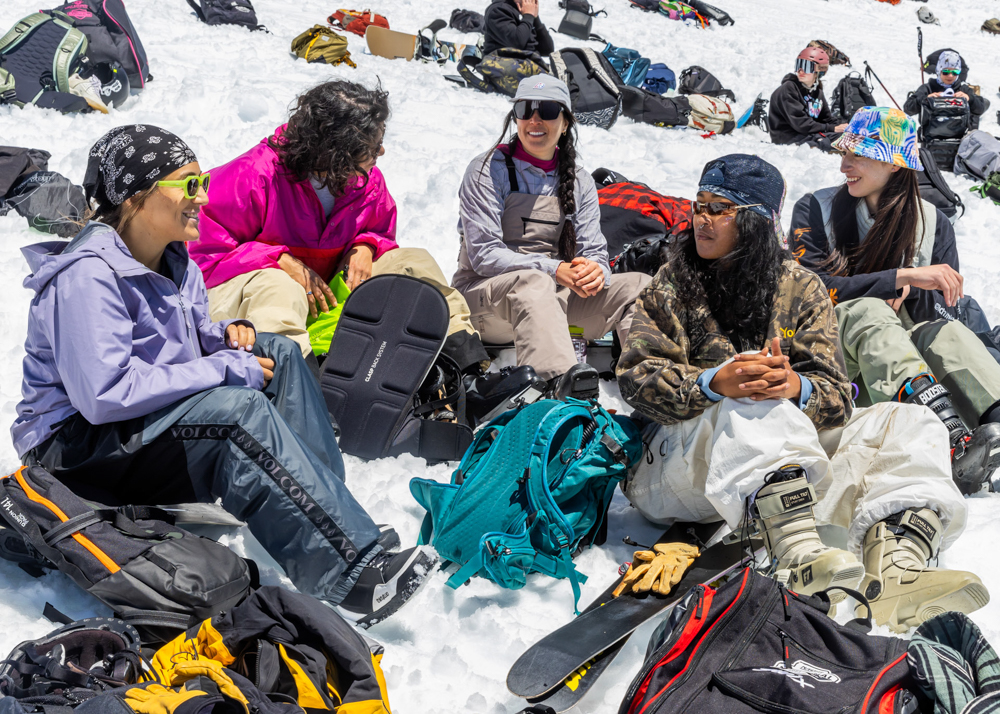
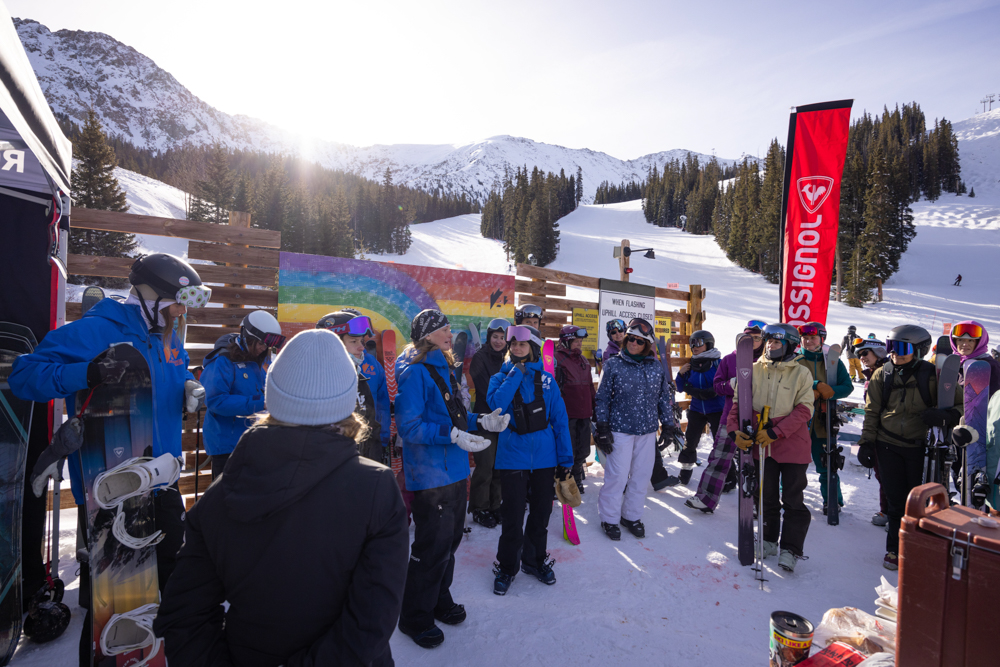
Water/Waste
Reducing waste like composting and recycling plastic, metal, and glass are accessible ways for ski areas to get started in sustainable action. By fixing leaky pipes and remodeling their lodge bathroom to waterless, hybrid fixtures has saved A-basin more than 500,000 gallons of water in their first year alone.
Along with ensuring their policies guide their behavior and projects to make a real impact, A-Basin extends these responsibilities to employees and guests as well. To help reduce emissions Nathan recommends “carpooling, not littering, voting for climate activists, or getting involved with grassroot initiative groups.” Bringing your own water bottle to fill, using sustainable transportation, and purchasing equipment with purpose are also ways to help during your visit. Lastly, being an advocate for Earth and bravely standing up to destructive behaviors is a surefire way to implement change – approaching situations with curiosity, not shame!
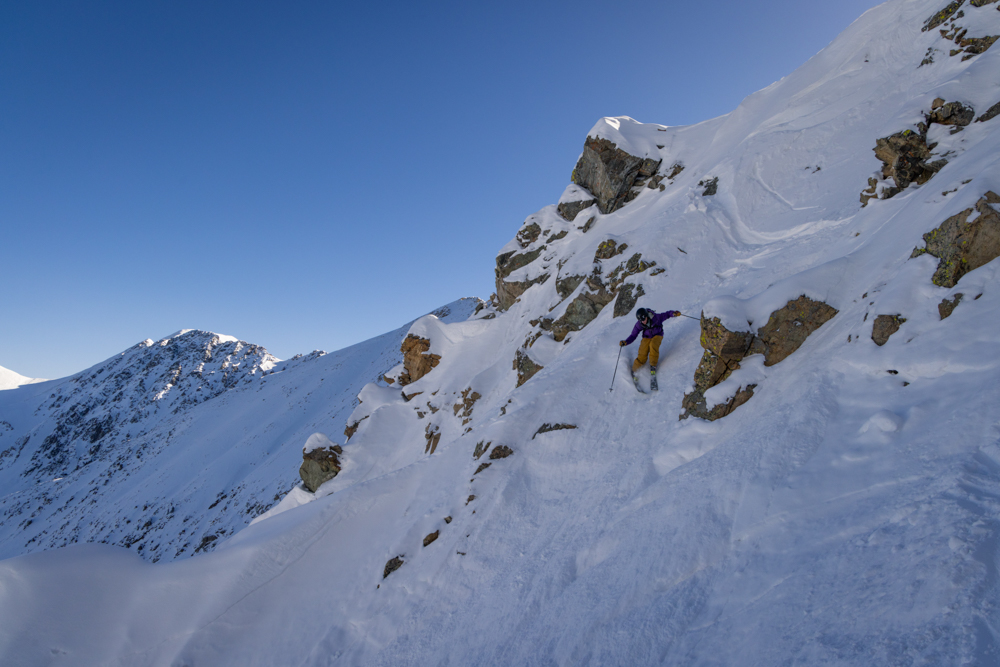
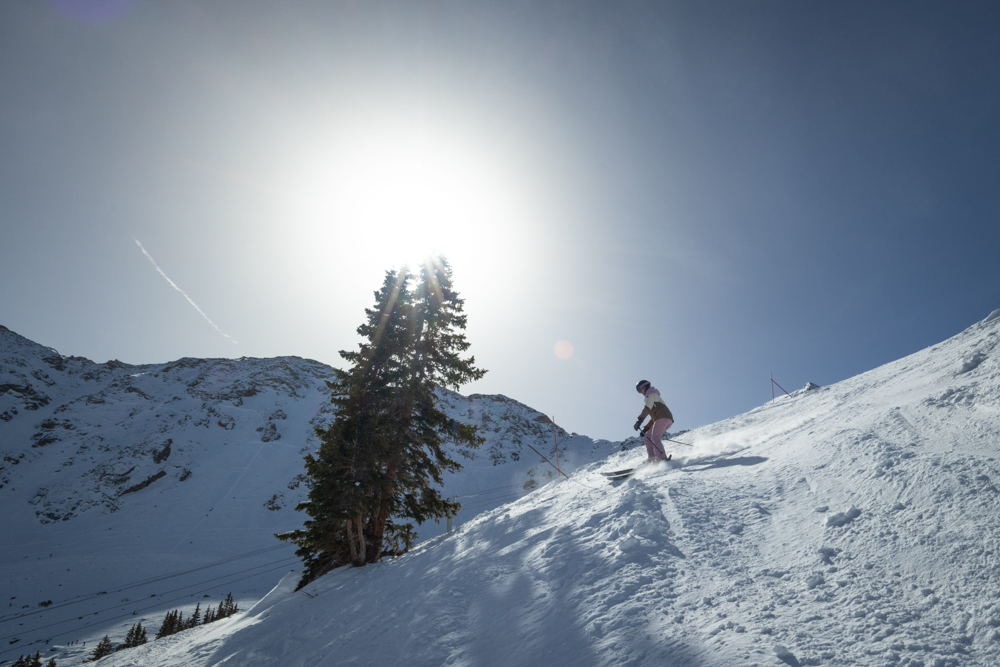
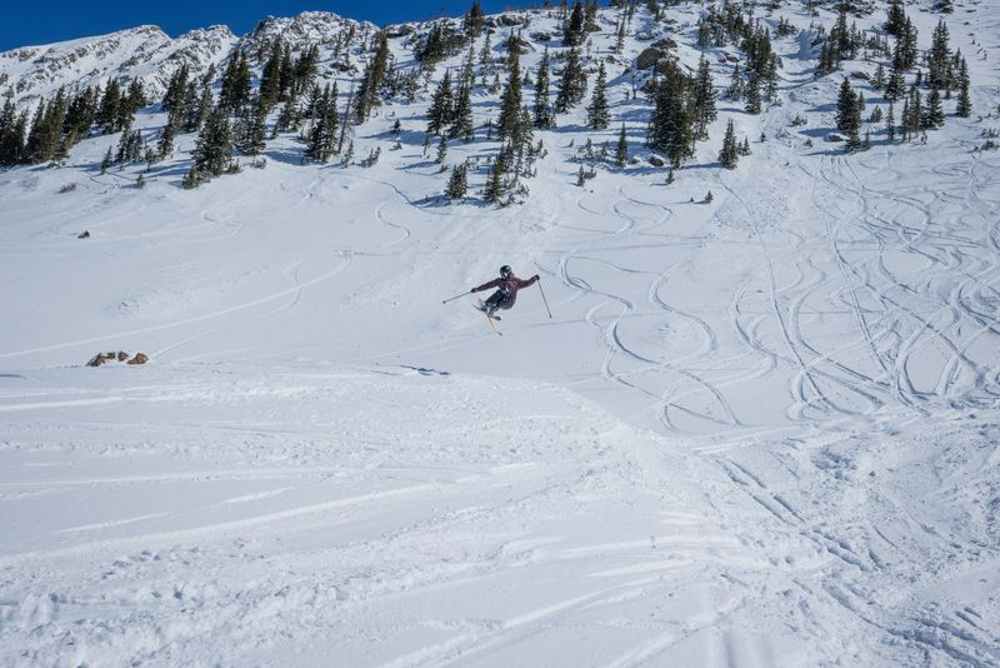
Bottom line: the ski industry will change and that’s okay because there’s collective power within human ingenuity, and more professional resources dedicated to changing how we affect the environment. For A-Basin, they’re cutting emissions behind the scenes and with guest-facing interactions. Some goals are high dollar and some are a laminated sign. Working closely with the forest service, local non-profits, other resorts, stakeholders, and internal positions are ways to ensure A-basin covers all the bases. In a very powerful and hopeful comment, Nathan says, “The amount of climate solutions we’ve developed over the past five years will be 1/100th the power of what we will develop in the next five years.” That’s right folks, we are just getting started.
Check out other ski industry companies working towards a more sustainable business model:
- National Ski Areas Association (Lakewood, Colorado)
- Taos Ski Area (Taos, New Mexico)
- Alta Ski Area (Alta, Utah)
- Copper Mountain (Copper Mountain, Colorado)
- Vail Resorts (Broomfield, Colorado)
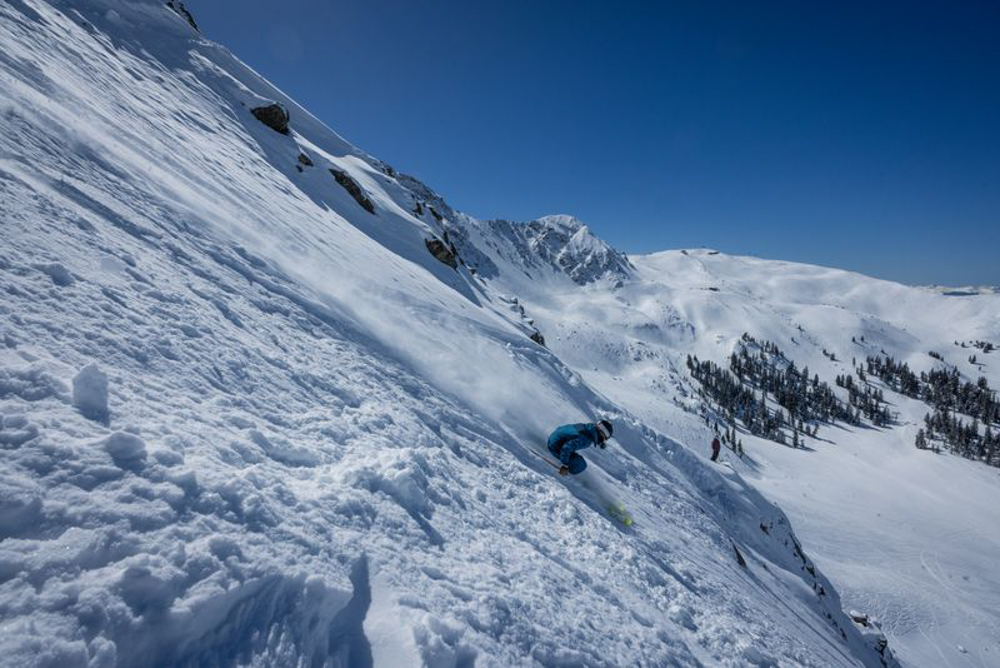
About the Gear Tester





